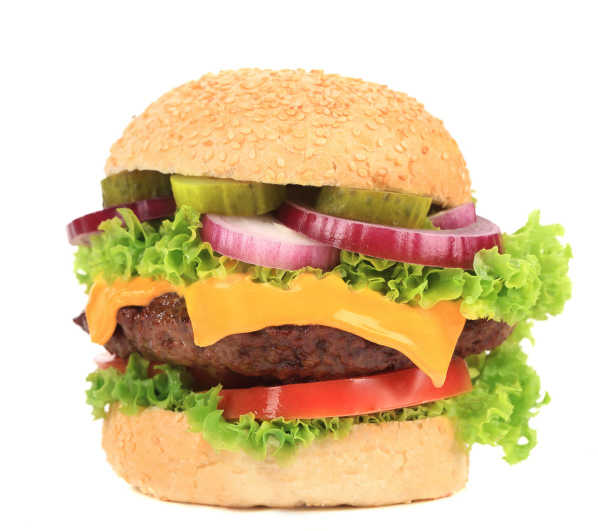
Photo source: Thinkstock
New York
The backgrounds and situations portrayed in a food advertisement influence consumers to buy unhealthy foods and could be a reason why people around the world are increasingly prone to overeating and excessive weight gain, researchers say.
The study showed that certain types of advertisements make holistic thinkers more prone to unhealthy food cravings.
Holistic thinkers tend to believe that everything in the world is somehow interconnected and they are more likely to consider the context of a situation, said Dustin Harding, Assistant Professor at the Utah Valley University in the US.
On the other hand, analytical thinkers are less likely to consider the context because they view the universe as independent objects that are not connected, he added.
For instance, an advertisement showing a bag of popcorn in the context of a movie theatre may evoke feelings related to enjoying popcorn while watching a good flick—feelings that increase craving for the snack more among holistic thinking consumers whereas the analytical thinkers would probably see the popcorn in isolation from the theatre and experience fewer craving, he explained.
The researchers hope that the findings published in Journal of Consumer Psychology may help provide a solution to the problem of obesity.
"Regulations on advertisements could be a strategy in countries that are trying to help people make healthier food decisions," Harding said.
"Consumers could also become more aware of their thinking styles and make informed choices," he added.
The team conducted experiments where the participants saw a healthy choice (arugula pizza) or unhealthy choice (cheese pizza) in the context of either a pizzeria or a plain, white background.
Holistic thinkers were more likely than analytical thinkers to crave and want to buy the unhealthy foods shown in the context of a restaurant.
"We aren't claiming to solve the obesity problem, but we hope this research can be one part of the solution," Harding said. IANS



























